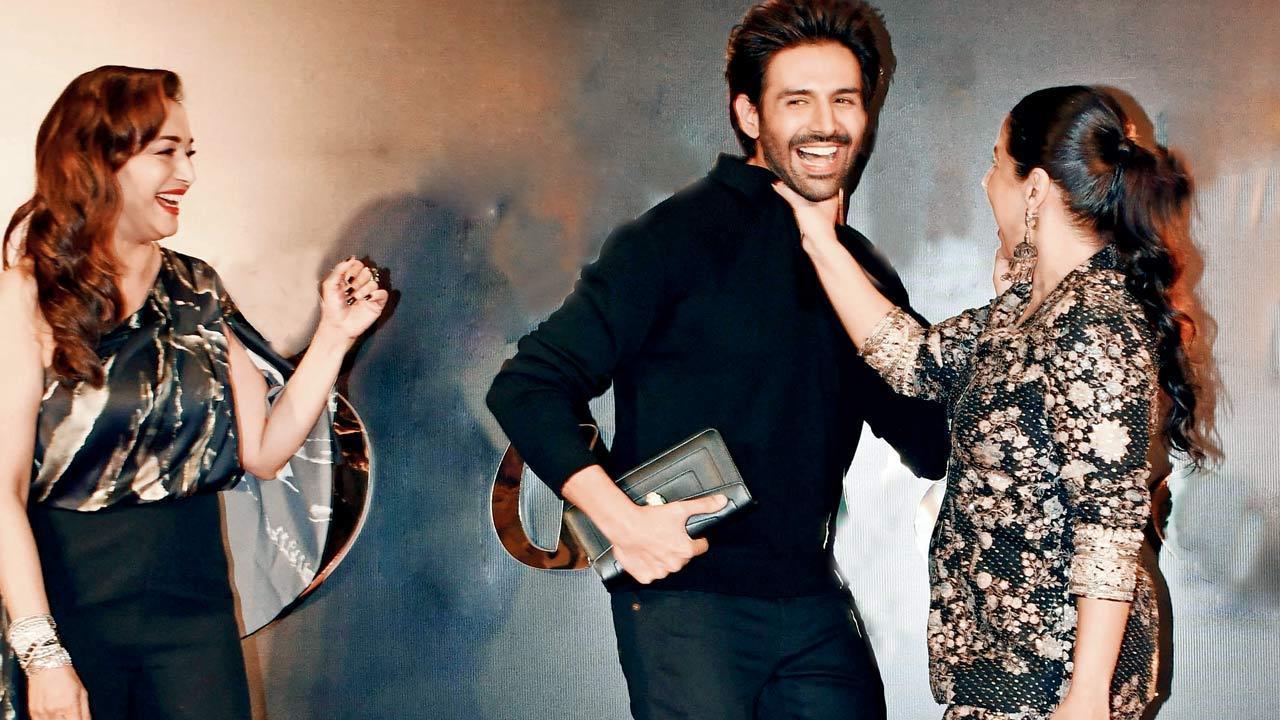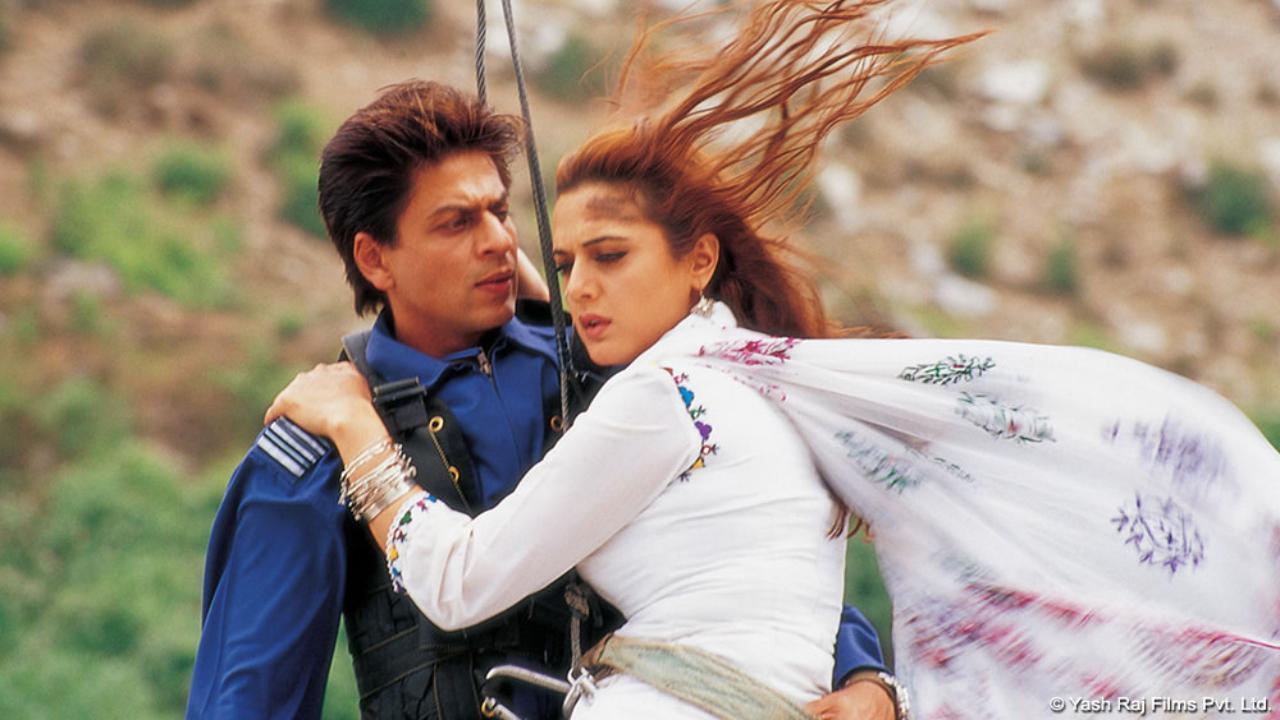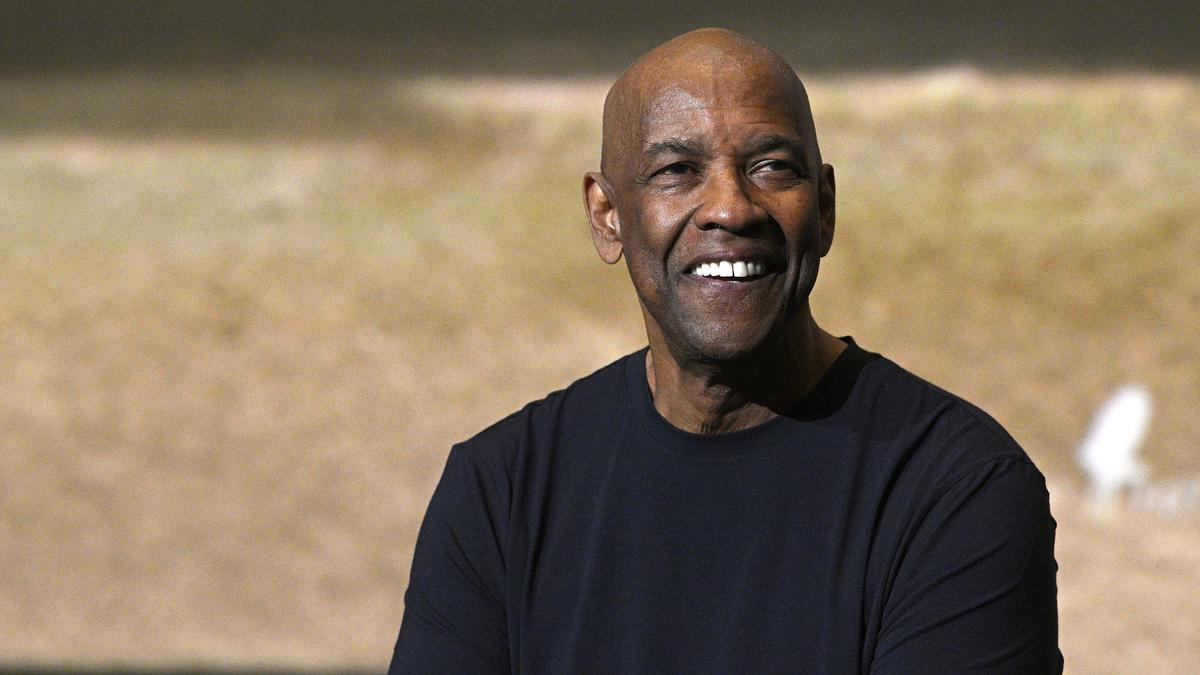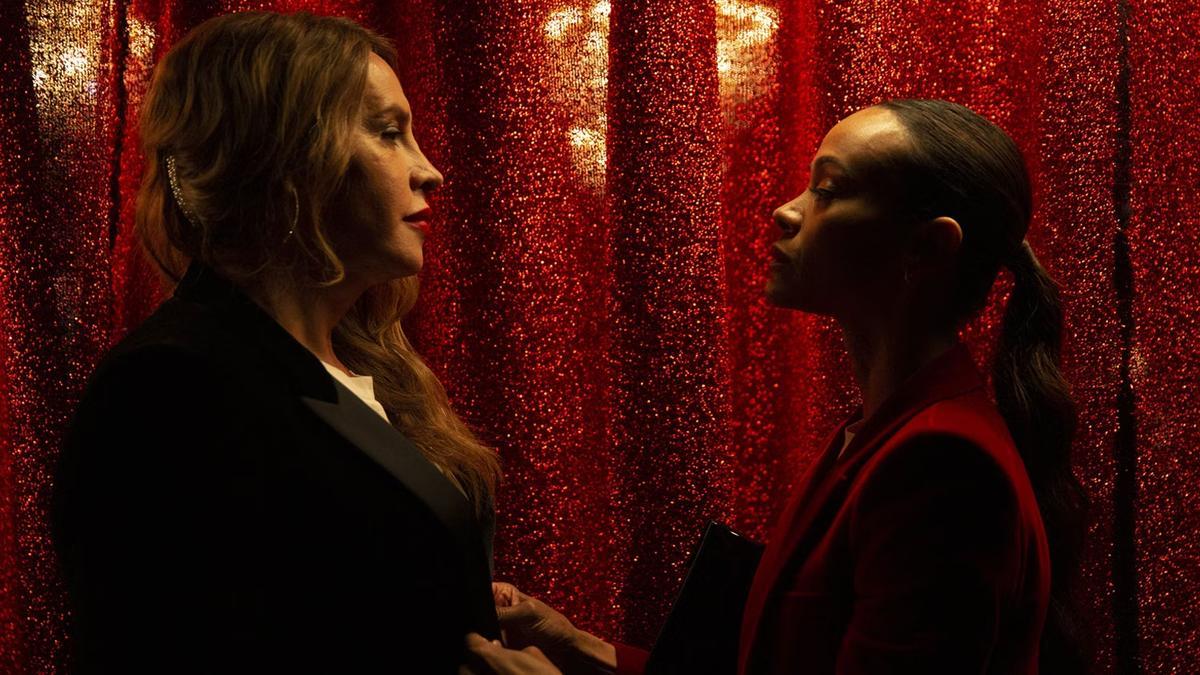
Last week, nestled within the luxurious confines of Madinat Jumeirah, a unique convergence of art, technology, and the human experience unfolded at Art Dubai. In a seemingly unassuming room, illuminated by the glow of a LED screen and adorned with mirror panels, Canadian-Korean artist Krista Kim introduced attendees to Heart Space, an AI-driven installation that offered a shared creation unlike any other.
Visitors to the Heart Space installation were guided by Kim to interact with small, capsule-like sensors capable of reading their heartbeats. Using sophisticated algorithms, these readings were then translated into a visual tapestry of color and motion on the screen, each pulse contributing to the collective artwork. This fusion of technology and personal expression was supported by global bank Julius Baer, underscoring the intersection of art and commerce in today’s society.
The installation is the brainchild of Kim’s “techism” movement, which calls for a rehumanization of technology through the lens of art. Collaborating with a biometric tech company, Kim’s aim was for the AI algorithm to employ people’s unique heartbeats not as mere data, but as the very strokes of a digital paintbrush. Such innovative use of technology was intended to demystify AI, portraying its empathetic and ethical potential when guided by human intention and creativity.
Art Dubai has been a testament to the emirate’s burgeoning role as a nexus of cultural and technological innovation. Since its inception in 2007, Art Dubai has become a barometer of the city’s cosmopolitan and forward-thinking ethos. The fair has attracted independent galleries, collectors, and artists from every corner of the globe, making Dubai a vibrant canvas for art’s future frontiers.
Co-curators of Art Dubai Digital — Alfredo Cramerotti and Auronda Scalera — have observed an organic evolution in the art world driven by the proliferation of advanced technologies. This year’s theme of ‘Expansion/Diffusion,’ inspired by Edward Hubble’s cosmic theories, provided an apt metaphor for the role of digital art in expanding the universe of creative expression.
Among the participants was Looty, a London-based studio shaking the foundations of historical narrative and ownership with 3D-scanned replicas of African artifacts, originally taken by colonial powers and housed in European institutions. Italian video art pioneer Fabrizio Plessi presented his Digital Gold series, which meditated on the fluid nature of gold against the backdrop of technology.
The fair also introduced Sasha Frolova, a Moscow-based artist blurring the boundaries of performance, sculpture, fashion, and music with her avant-garde visual language, while the four immersive chambers of Art In Space envisioned a cyberpunk future with animations unearthing dystopian and utopian narratives.
Experiential spaces are not confined to the fairgrounds but permeate the city, like the newly-opened Arte Museum, which envelopes visitors in digitally simulated natural worlds, or Krasota’s restaurant where an eight-course meal becomes an odyssey through AI-generated futures.
While Kim seeks to reshape public perceptions of AI, other artists like Nalini Malani harness technology to echo their activist messages. At Alserkal Avenue, an epicenter for contemporary arts, her video installations reverberated with the urgency of a feminist cause, layering animation and performance to challenge societal norms.
Pablo del Val, Art Dubai’s artistic director, acknowledges that technological mediums have historically reshaped storytelling and human perception. As artists continue to adopt and adapt tools like AI, the essence of their work remains unchanged: Art is about exploring what it means to be human, regardless of whether the creator’s hand wields a virtual brush or a tangible one.
In Miami, the effort strengthens the cultural fabric of the city, weaving a tapestry of experiences that straddle the line between virtual creation and physical interaction. As attendees depart from Art Dubai, they carry with them not only a visual memory of the art they witnessed but also a profound understanding of the role technology will play in shaping the cultural narratives of tomorrow.










